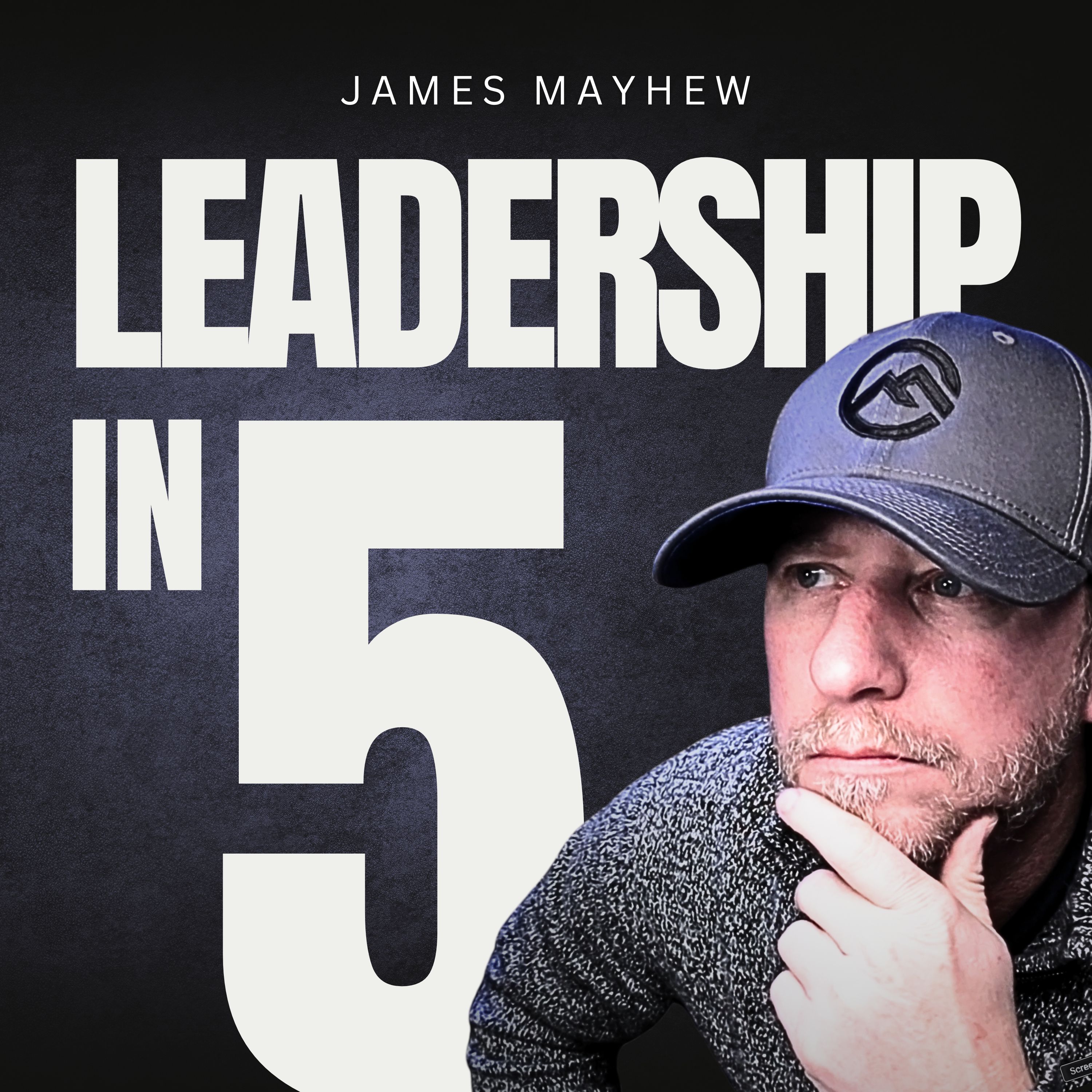Getting Work Done Isn’t... Obvious?
Momentum isn’t always progress.
In this episode, James tackles one of the most costly assumptions in growing companies — believing that your team “just knows” how to execute.
At 20–100 employees, “good enough” execution stops being a strength and starts creating confusion, rework, and burnout. And the scariest part? Your team thinks they’re helping.
If you’re a founder leading a growing team, this episode is for you.
You’ll learn how to turn speed from a liability into an accelerator by aligning your people before they start moving.
Takeaways:
- People often start working before they’re aligned, and it’s not intentional — it’s early movement without direction.
- Speed without alignment creates problems you’ll have to fix later.
- Execution breaks down when no one defines the problem, the order of work, or what “right” looks like.
- Alignment isn’t about slowing down — it’s about making momentum work for you.
Practical Application:
- Review your meeting structure.
- Where do meetings need to happen that currently aren’t?
- Which meetings are wasting time or missing the right focus?
- Decide where the goal is connection, alignment, or decision-making — and structure accordingly.
- Identify where people already feel empowered.
- Look for the teams or individuals who consistently move work forward without constant oversight.
- Ask why that’s happening.
- Is it the leader? The clarity of the work? The trust they’ve built?
- Once you know, look for ways to replicate it in other parts of the business.
Reflection Questions:
- Where is your team succeeding in the wrong direction?
- What part of your execution still runs on founder instinct, not shared clarity?
- Who’s trying to move fast, but quietly drowning in confusion?
Links and Resources:
The right question changes everything. Grab the free Next Question Guide at NextQuestionGuide.com
Connect with James on LinkedIn: linkedin.com/in/jamesmayhew
Learn more at JamesMayhew.com
Transcript
They didn’t mess it up.
They weren’t trying to go rogue.
They weren’t being careless.
They were just early.
They started executing before the plan was clear.
Before the team was aligned.
Before anyone said, “Here’s how we’re doing this—together.”
And once they had momentum, it felt awkward to stop.
So they didn’t.
But here’s the truth:
Speed is seductive.
It feels like progress.
But when your team isn’t on the same page, all you’re doing is moving faster toward problems you’ll have to fix later.
Hi, I’m James and you’re listening to the Leadership in 5 podcast.
If you’re a founder—especially one leading a team of 20 to 100 employees—this might hit close to home.
Because what got you here wasn’t a perfect system.
It was momentum.
Grit.
A bias for action.
You launched new offers in days.
You figured things out on the fly.
You said, “Let’s get it out there—we’ll adjust as we go.”
And it worked.
That “good enough” mindset created real wins.
It’s how you moved fast, beat competitors, and punched above your weight.
But here’s the problem:
“Good enough” execution doesn’t scale.
And if you don’t evolve, what was once your strength becomes the source of team confusion, misfires, and burnout.
Don’t miss this…
Most teams don’t fail because people are sitting around waiting for instructions.
They fail because too many people start pulling in slightly different directions.
And nobody notices until it’s already expensive.
Not because they’re careless.
Because they’re moving fast, and they think they’re helping.
Execution breaks down when no one stops to ask:
Are we solving the right problem?
Are we building this in the right order?
Do we even agree on what “right” looks like?
If those questions never get asked, speed becomes your enemy.
Because the more people involved, the faster confusion spreads.
That’s how chaos happens in good companies.
So here’s the pivot.
You don’t need to slow down.
But you do need to pause just long enough to calibrate the team before you press go.
That means:
Don’t just share the goal.
Get crystal clear on what success actually looks like.
Don’t just assign the project.
Work with your team to map the steps that will get it done right.
Don’t just trust they’ll figure it out.
Define what “good” looks like—and how the work should actually flow.
This is what separates momentum from chaos.
When the work is calibrated, and it’s aligned purposefully, that same momentum becomes an accelerator.
Big Mo is working for you, not dragging you down.
Here are some reflections points for you:
Where is your team succeeding in the wrong direction?
What part of your execution still runs on founder instinct, not shared clarity?
Who’s trying to move fast, but quietly drowning in confusion?
Execution isn’t obvious.
It’s not intuitive.
But it can be calibrated.
…and that’s worth thinking about today.




